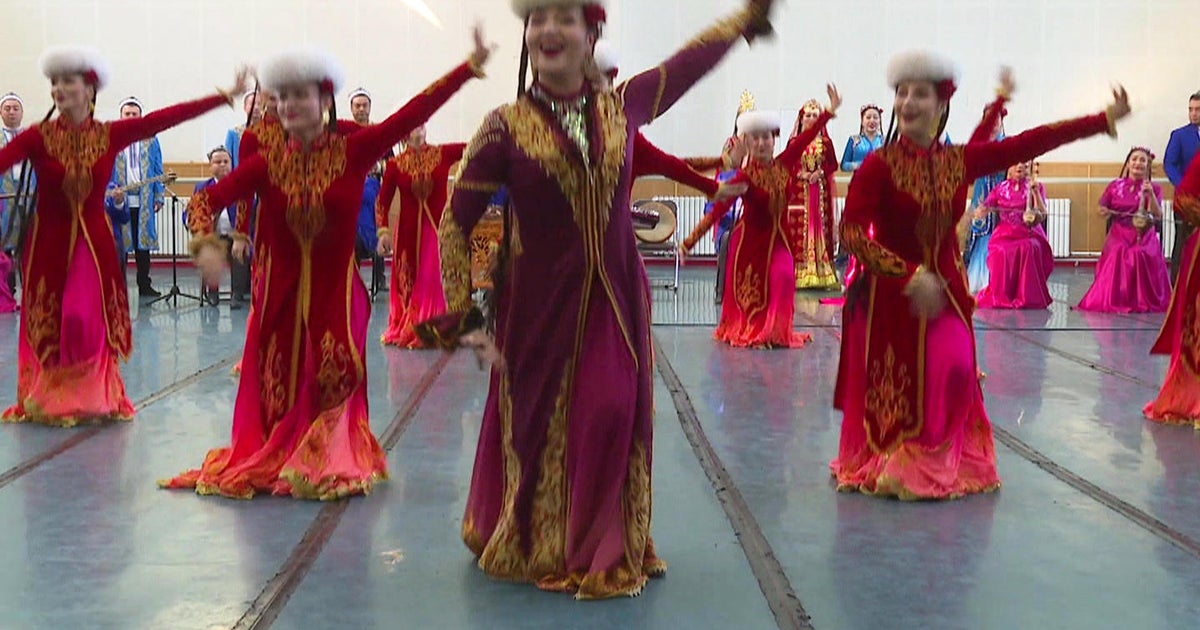Rebranding China's conflicted Xinjiang region as a tourist destination
Xinjiang Province, on China's Western frontier – origin of the Silk Road, the ancient gateway for trade to the Middle East – was off-limits during the pandemic. But it is open again, and these days it's being marketed by the state both for its beauty and its business opportunities.
CBS News recently joined a tour arranged by the Chinese Information Office, which hired the buses, set the itinerary, and provided the translators and the staff who have accompanied us every step of the way. They showed us everything from agricultural machinery to ancient ruins, to e-sales of local plums on TikTok.
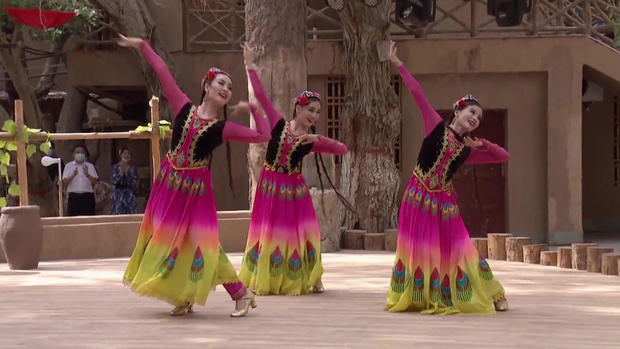
What we didn't see was evidence of the detention centers and prisons that turned Xinjiang into an international scandal.
Human rights groups say that, starting in 2014, up to million Muslim Uyghur people were rounded up in Xinjiang and imprisoned. Those who could escaped, and thousands settled in the United States.
- Uighur woman details horrific abuse in China internment camp
- Rights groups warn China's persecution of Muslim minorities in Xinjiang "turbocharged" by big data
- For China's Uyghurs, "the genocide doesn't stop" for the Olympics
- With China's treatment of Muslim Uighurs determined to be genocide, Biden administration under pressure to act
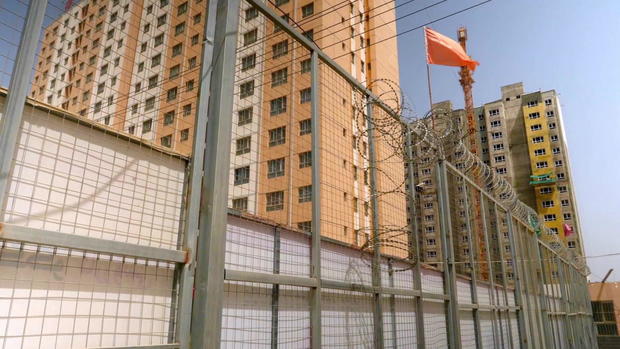
Babur Ilchi, of the Uyghur Human Rights Project in Washington, said the Chinese Communist Party is threatened by the Uyghur people because "we're not Han Chinese, we're separate from the majority of China. The Chinese government perceived us as a potential threat to their complete supremacy over China."
Meanwhile, the government has been investing heavily in Xinjiang, including a multi-billion dollar high-speed train. Everywhere we saw evidence of the eye-watering money China is spending on infrastructure, like wind farms, and tourist development. The message: forget human rights abuses, take in the sights.
Zou Bin, one of our translators, is Han Chinese. He grew up in Xinjiang and wanted to tell us how proud he is of the area he's always called home. "I hope you could change some of the ideas or impressions which has been spread by some Western media about Xinjiang," he said.
"So, you want us to go home with a different story?" we asked.
"Yes, with what you see."
At first, the Chinese government denied the Uyghur detention centers existed. But after they showed up in satellite pictures, it said they were all closed in 2019. One official, who would not go on camera, confirmed we'd driven by one such center, but that it wasn't worth pointing out, he said, because it was shut down.
Instead, we saw ethnic dancing, local wine production, and a village remodeled and beautified especially for tourists.
- Reporter on China's treatment of Uighur Muslims: "This is absolute Orwellian style surveillance"
- Activists accuse Tesla of "economic support for genocide" with new showroom in China's Xinjiang region
- Congress passes import ban targeting forced labor in China
But of private Uyghur life, we caught only passing glimpses.
There was one official nod to China's crackdown on the Uyghurs: the Extremist Museum, in Xinjiang's capital, Urumqi. Its gruesome exhibits recall attacks by Uyghur extremists going back to the 1990s. In one, 1,700 were injured, said the guide, and 200 stores were burned. The message: China's government had no choice but to come down hard.
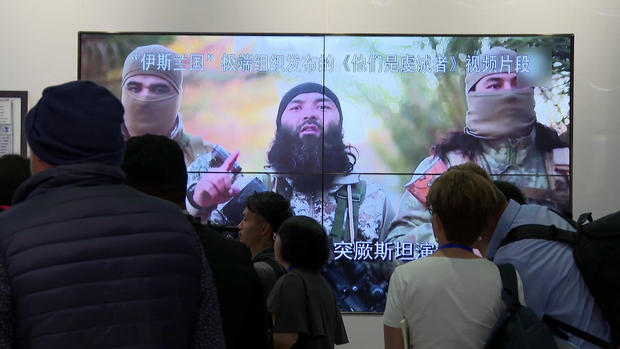
When suggested that the Chinese government's crackdown on the Uyghurs was in response to terrorist attacks, Uyghur Human Rights Project's Babur Ilchi replied, "Well, I think that if your response to acts of violence, or perceived acts of terrorism, [is] to round up an entire ethnic group into mass concentration camps, then you have gone beyond your ability to defend yourself."
At night in Urumqi, we did see some heavy security presence. But overall, with facial recognition cameras everywhere, the policing and the atmosphere were relaxed.
The very fact of this journalists' tour shows that China's government believes it's brought the Uyghurs to heel. Everything we have seen on this tour – and everything we haven't – underscores China's determination to rebrand Xinjiang so it's no longer infamous for gross human rights violations against the Uyghurs, but rather famous as a tourist attraction.
The traditions of Islam were once everywhere in Xinjiang. Religion was a pillar of Uyghur community life, and so were conservative customs – veils for women, beards for men. Not anymore. The old Uyghur ways have been curbed. The law now discourages overt religious expression, even dress, in public.
- Gallery: The Uighurs of China (2013)
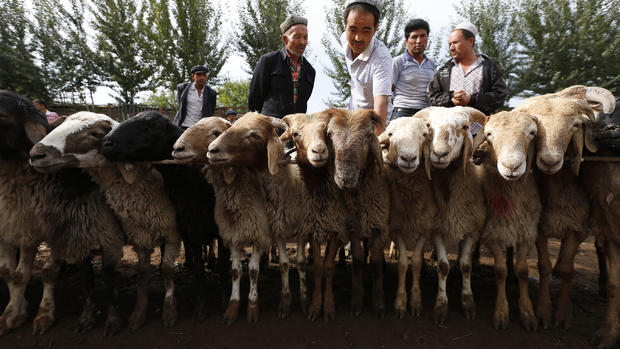
Meanwhile, majority Han Chinese influence is officially encouraged. The ancient capital Kashgar is now "Kashi" – its Chinese Mandarin name.
In the Xinjiang bazaars, Uyghurs have been Disneyfied. Even the sacred Id Kah Mosque sells tickets to tourists.
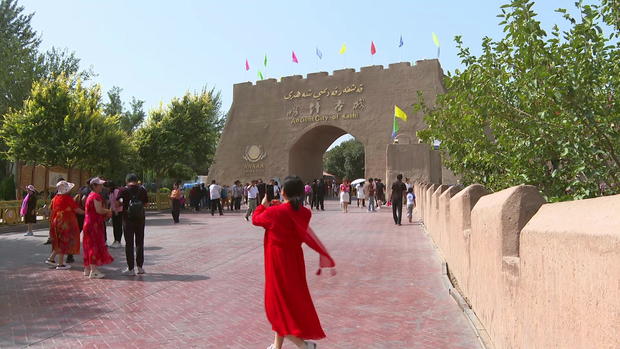
In Urumqi's bazaar we found Uyghur Imamu Meimeti Sidike, who told us he'd been in a re-education camp for seven months. His crime: being overly religious. "I wouldn't even let my wife work," he said. And now? He responds with the party line: "I learned I'd been breaking Chinese laws, and reformed."
But with surveillance cameras watching, and our official guides nearby, how free was he to speak? We'll never know.
It's showtime in Nazerbag village kindergarten for local Uyghur kids. Officially, the Chinese government promotes bilingual education for them, but this is Mandarin, and so are the books on the shelves.
The Chinese government wants the world to believe its draconian crackdown was a good thing, for stability, security, and for the Uyghurs themselves. If the Uyghurs disagree, they're not saying, least of all to us. And as far as China's concerned, that's mission accomplished.
Welcome to Xinjiang 2.0.
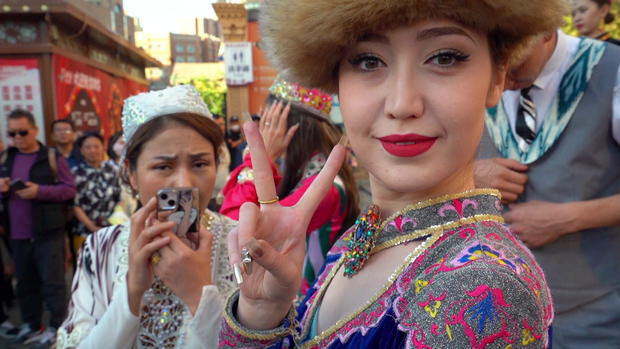
Story produced by Randy Schmidt.
Thanks for reading CBS NEWS.
Create your free account or log in
for more features.
